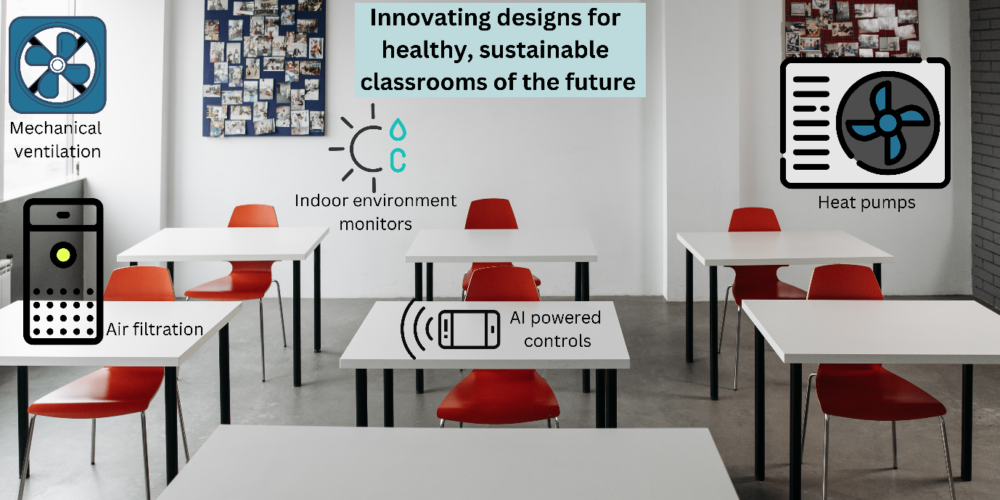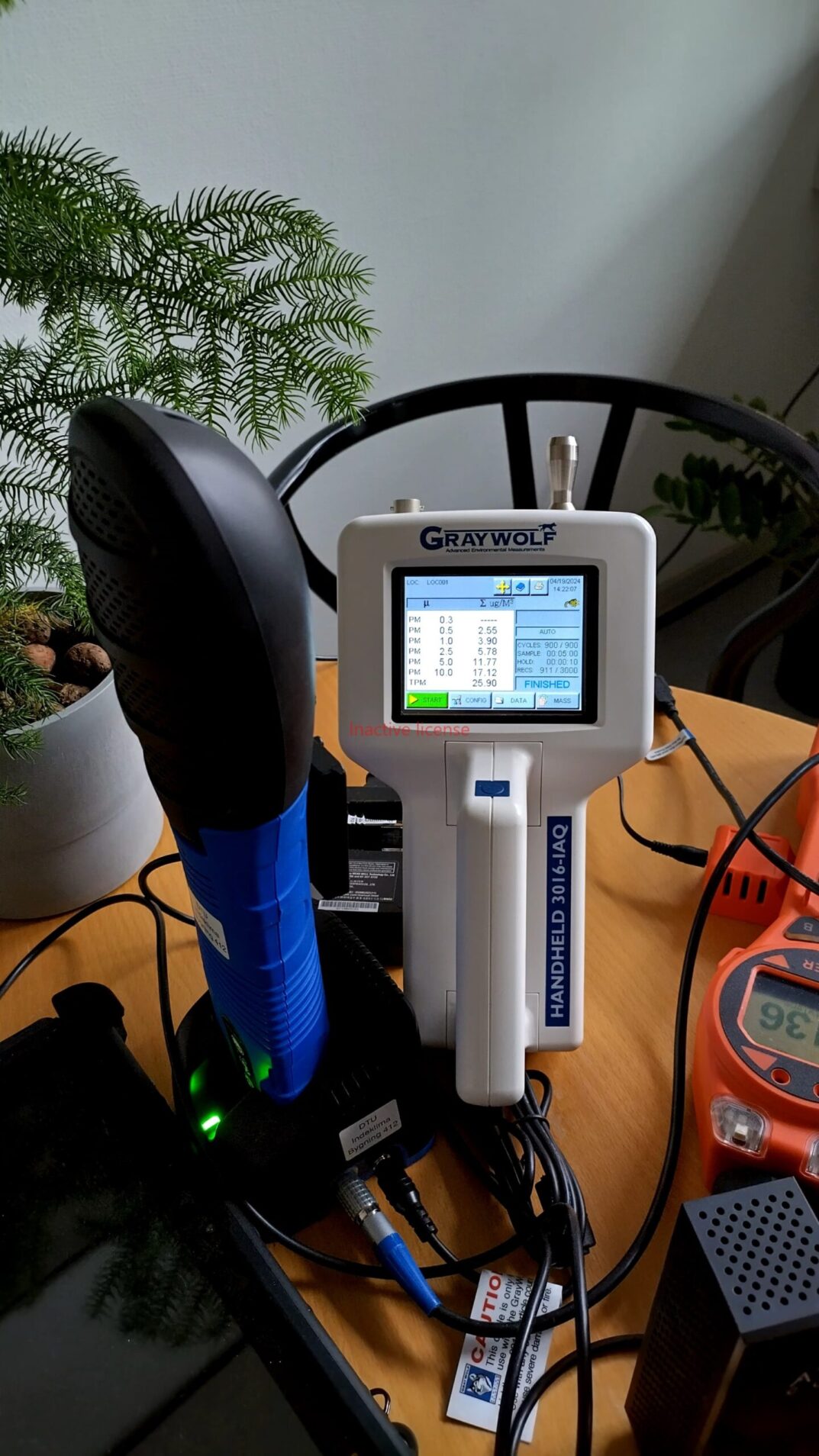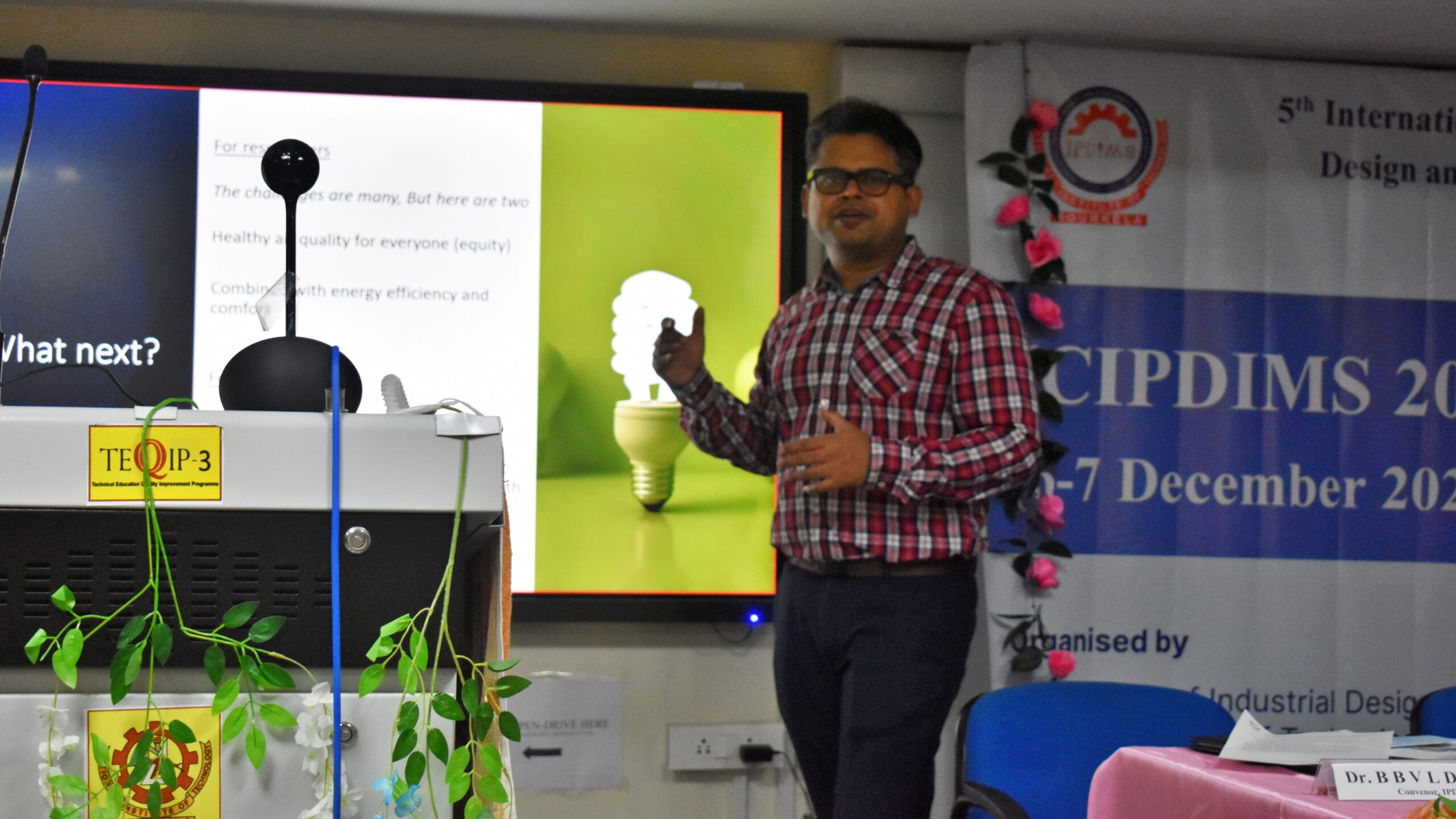
10 October, 2024
Posted: 30 May, 2024

Buildings are usually an overlooked “structure” with a large impact on our everyday lives and with an expected lifespan that can extend across multiple generations. This is why, as we progress towards the European Union’s Industry 5.0 initiative which places a strong focus on social value and well-being, the importance of rethinking buildings, and in particular of indoor spaces, cannot be ignored. Our current understanding highlights that our living spaces affect not only comfort, but also health and everyday performance. While building design has been traditionally a domain of architects and civil engineers, as we move towards the era of sustainable designs, IoT, and AI, designs for building indoor environments are becoming more interdisciplinary.
Dr Asit Kumar Mishra’s work under the auspices of his MSCA DOROTHY fellowship proposes to explore and provide sustainable and resilient engineering solutions for indoor conditioning of classrooms. His research focuses on the opportunity to apply design thinking for innovating facades, indoor comfort conditioning systems, smart control systems for indoor air quality, and systems that take input from occupants to tailor the indoor environment to their needs. While a significant knowledge base does exist in this domain, future buildings can certainly use innovative and design thinking approaches to come up with suitable solutions. This poses a challenge related to their design, but it also opens the field to innovative designers.

In December 2023, Asit had the opportunity to present a keynote presentation on Design for cost and sustainability at the National Institute of Technology Rourkela, India which has been organizing the Innovative Product Design and Intelligent Manufacturing Systems conferences over the past five years. As one of the few national level institutions offering an industrial design course, the Department of Industrial Design has taken a lead in organising these annual gatherings of experts from the field of product design, smart manufacturing, interdisciplinary design, and design thinking. Asit’s talk, entitled Designing buildings for health and sustainability. At the confluence of engineering and public health, tackled the impact of indoor climate on occupants and highlighted how engineering and design measures can be used to provide healthy and sustainable building designs.

Asit’s presentation was followed by a discussion on four products that developed over the last decade to tackle specific challenges related to indoor environments, as well as on the thought process that had gone into them, and what contributed to their success or failure. His talk concluded with the recommendation that an air sanitation design and innovation is equally necessary as water sanitation, while keeping the twin goals of occupant health and sustainable designs in mind.
This was the first conference where Asit was invited to present his research on rethinking of the built environment as an instrument of public health as a keynote speaker. The full talk can be found on Asit’s YouTube channel.
To find out more about the MSCA DOROTHY COFUNDED programme, check out the website.